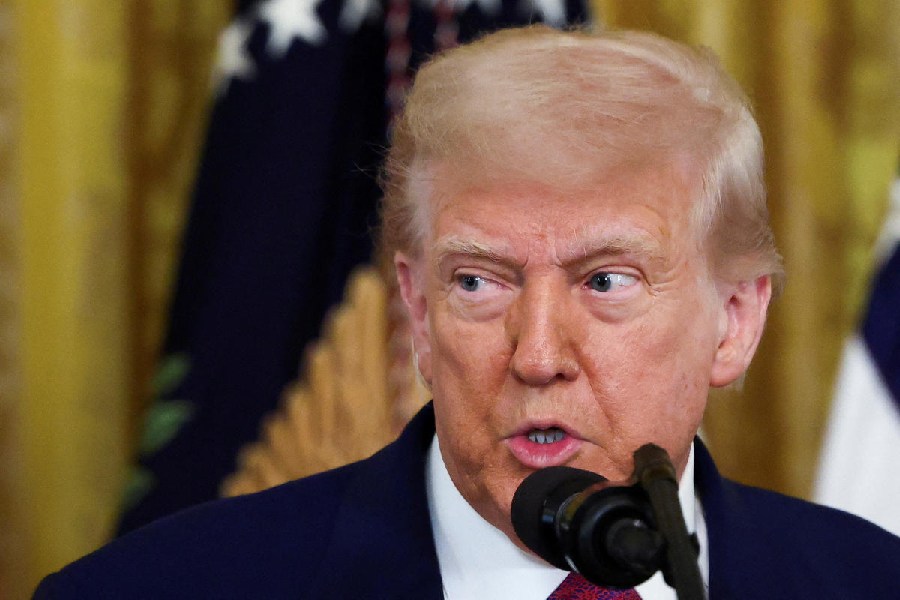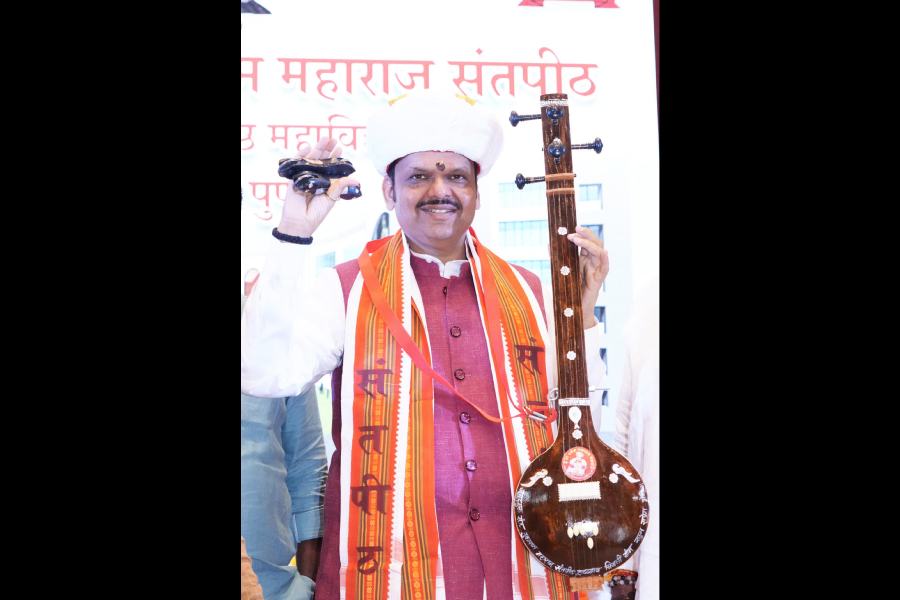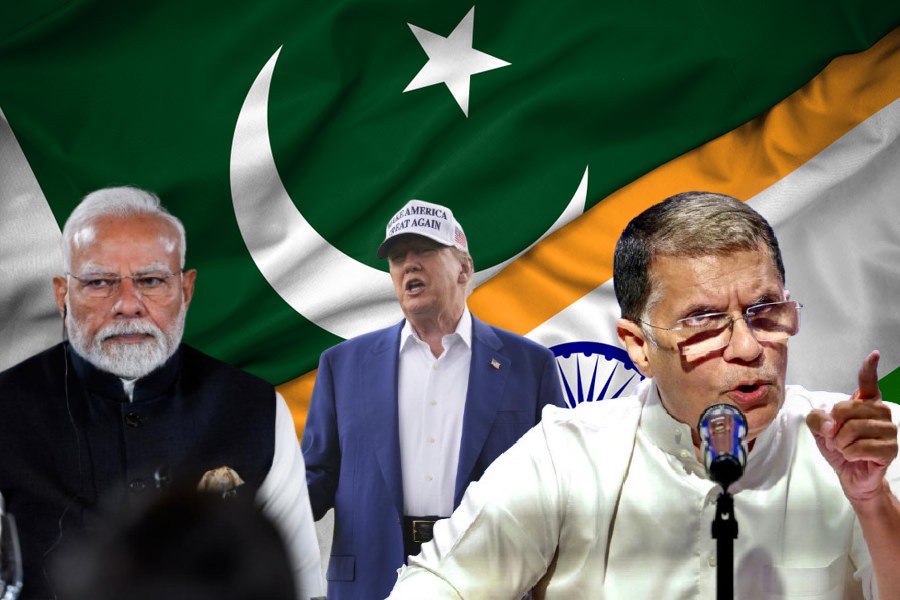|
|
| Band width |
The floating of the Indian Cricket League has done a world of good to the game of cricket. It has brought great joy to the large numbers of Indians who always hated the duplicitous ways of the Board of Control for Cricket in India but could do little about them since the cricketers did not seem to have any problems. It has, of course, generated new hope among players who were beginning to look for alternative careers as they neared the end of their cricketing lives. But more important than everything else, the arrival of the ICL has shattered the myth of cricket being inseparable from nationalism. In a sense, this can also be said to have restored the spirit of the game.
One of the allegations against modern soccer players is that their club loyalties are stronger than their nationalist sentiments. This is a very serious charge in the ethical universe of football, which had strong working-class origins. Cricket, on the other hand, began and led a large part of its life as a game played by gentlemen of leisure for whom a friendly wager would be more ‘real’ than the abstract idea of national pride. Cricket in its parent country, England, had an august tradition of players ‘on hire’ who would turn out each weekend in a different club’s colours.
Nationalism is a word that sits uneasily in the cricket lexicon. In fact, it is in cricket’s nature to fly in the face of any centralizing attempt. One of the earliest countries outside the British Isles where cricket spread its wings was the United States of America — as early as in the late 18th century. But American cricket died a willing death once there were efforts to organize it under a professional, non-elitist umbrella.
Since it was primarily the British colonies that took to cricket, later discourse on the game inevitably ferreted out connections, however tenuous, between the game and the freedom movements in these countries. With the possible exception of the West Indies, cricket in the big Test-playing countries flourished largely as the sport of the colonial masters and their loyal followers (no matter what films like Lagaan might make you believe).
So, when the BCCI rhetoric implies that aligning with the ICL is to indulge in anti-national activity, then one needs more than a pinch of salt for digestion. Some players, who have finally resisted the ICL lure after making positive noises are heard making pious statements about there being nothing higher than representing the country. And yet, it is common for Indian cricketers to play outside their native states in the Ranji Trophy matches. The quality of allegiance cannot possibly differ as one switches from the provincial to the international level — a cricketer, whose heart does not bleed to move away from his home state for higher pay or better chance of selection to the national squad, is unlikely to have patriotic pangs if a private club promises to pay him better than the national side. Kerry Packer’s World Series Cricket of 1977 has already proved this beyond a shadow of doubt.
For whatever migrating they may have done at the first-class level, Indian cricketers will blame the quota system followed in selecting the national team — and they may be given the benefit of doubt. The quota system itself is an example of imposing a politically-expedient federal structure on cricket, which neither suits the nature of the game nor helps in building a strong cohesive national unit.
The surge of national sentiments in the following of cricket matches is a relatively recent phenomenon — directly related to the emergence of the Indian subcontinent as the new power-bloc among cricket-playing nations. The subcontinent’s millions — both in terms of population and money — needed a ‘cause’ rather than a casual appreciation of sporting excellence. Political rivalries, like the one between India and Pakistan, readily provided easy excuses to whip up nationalistic frenzy. The three main beneficiaries of this investment in nationalism were the cricket boards, the players and the sponsors. The game itself managed to gain little.
However, it will be a mistake to think that the ICL wants to upset the applecart completely. In fact, if the new league has shown up the inability of cricket to accommodate too much nationalism, then it is certainly inadvertent. Yet unsure of the success of their venture, the ICL bosses are keeping the nationalism rhetoric alive to draw in crowds as well as cricketers. Hence the claims that the cricket boards will ultimately open the national team’s doors to ICL cricketers who can make a mark with their performance. Subcontinental cricketers — the scared lot that they are — perhaps fear that the spectators at the grounds and in front of the television might turn away from them if they let go of their chance of playing for the country.
But for those who are not entirely convinced of the mismatch between cricket and patriotism, a look at the football-following in India might suffice. India is a non-entity in global football and its clubs equally insignificant in the Asian and world club scene. Still, there is a growing viewership of the English and Spanish leagues, particularly in urban India. And this points at the ways of much of the modern world. As sports — team sports in particular — embrace greater professionalism, the emphasis is brought to lie on well-run (private rather than state-owned) units. Such units look to maximizing profits, but they also look after their recruits well.
The more things change, the more they remain the same. In the case of cricket, it has taken a lot of changes to reclaim some of the game’s original spirit where, even within the rubric of team rivalry, the individual player and his interests are granted importance. It appears that the ICL is following the signs of the times.
The waning interest in the Sharjah matches, and even in the Ashes series, had pointers for those who were willing to heed them. The Indian and Pakistani boards were obviously not among them. If the ICL bid is a failure, it may be because of lacklustre performance by a bunch of players past their prime. But it will certainly not be because of people’s rejection of a league without ‘national’ affiliation. What can ignite the imagination and interest of subcontinental spectators more than the prospect of Indian and Pakistani cricketers turning out in the same colours?











